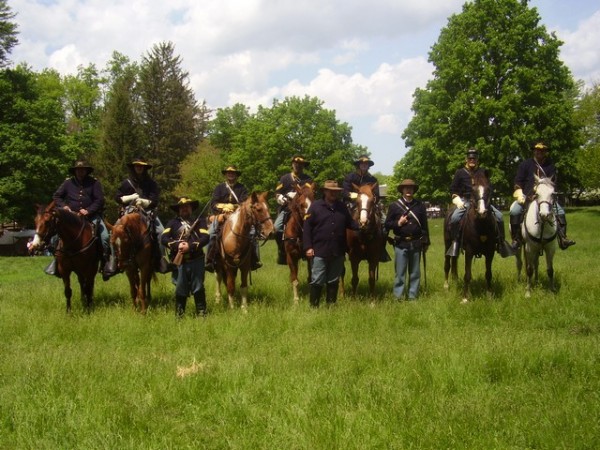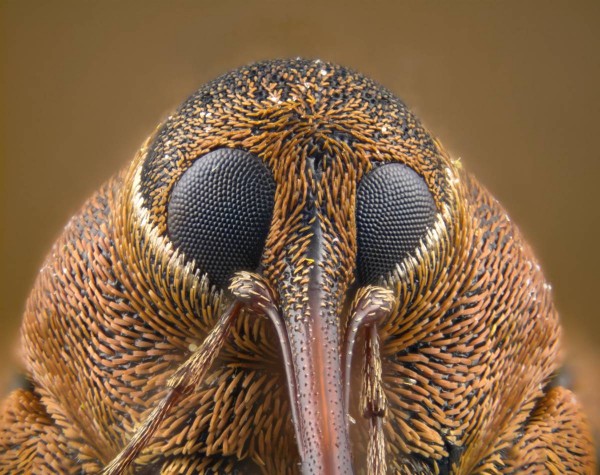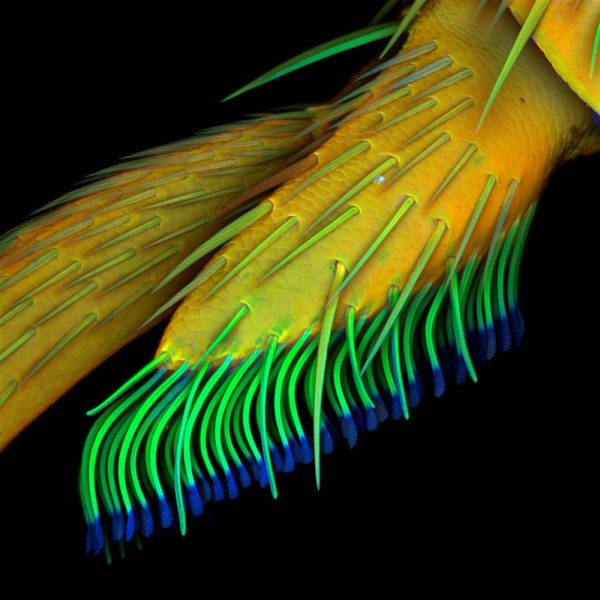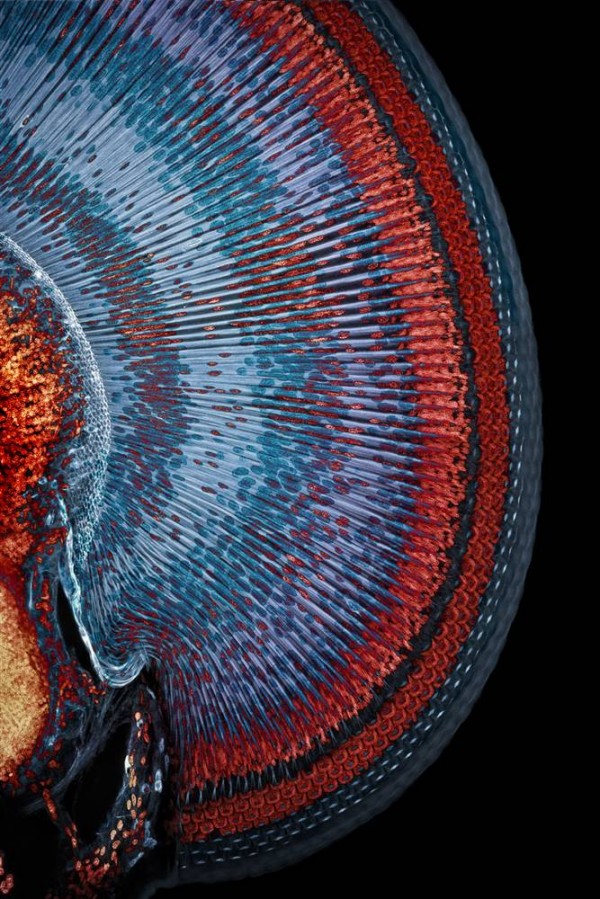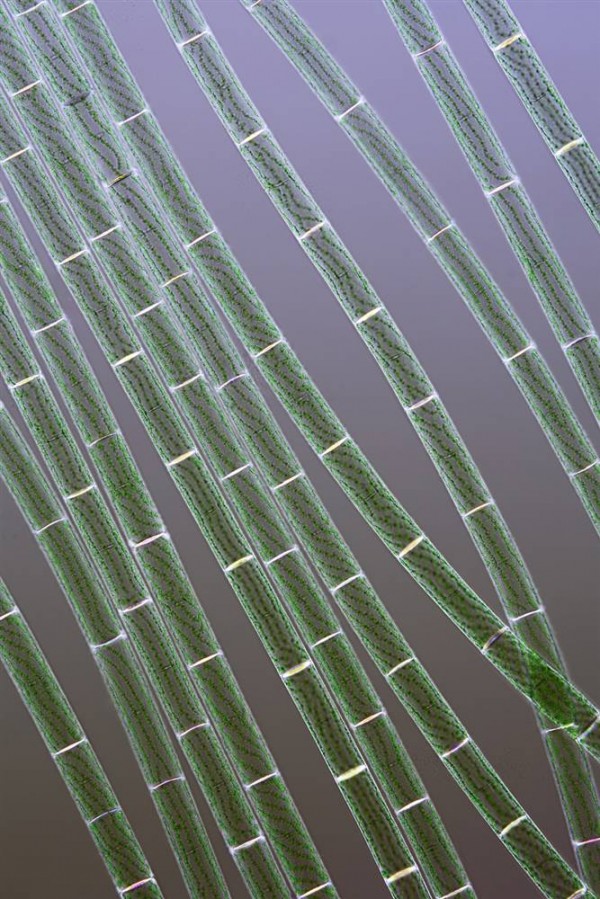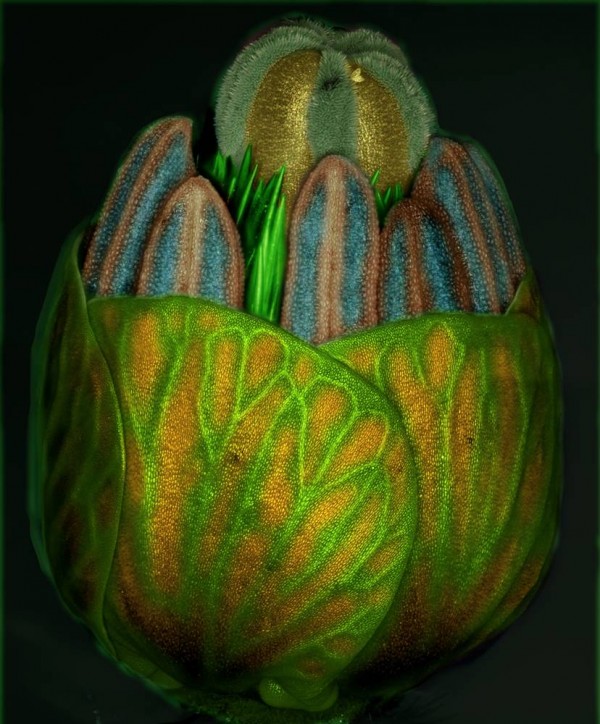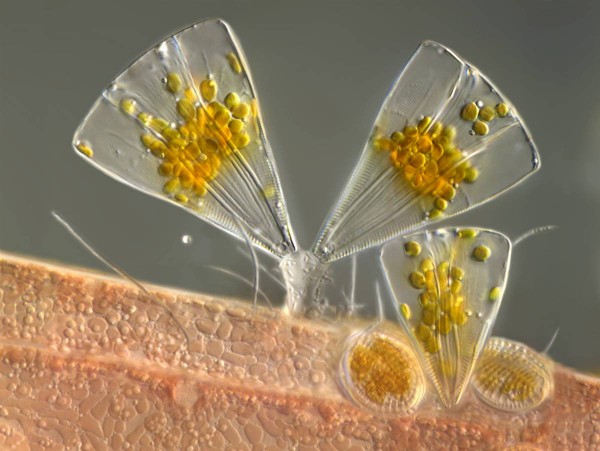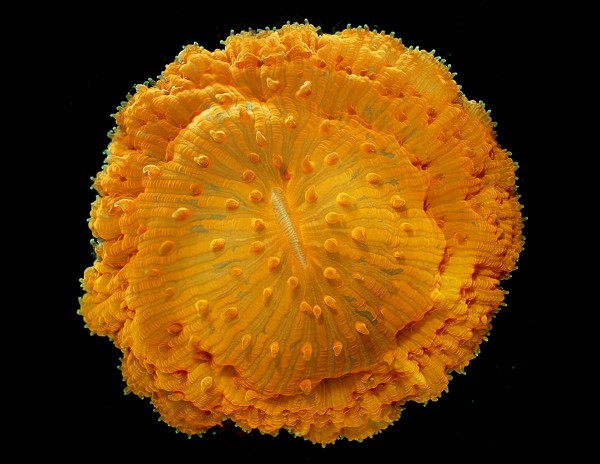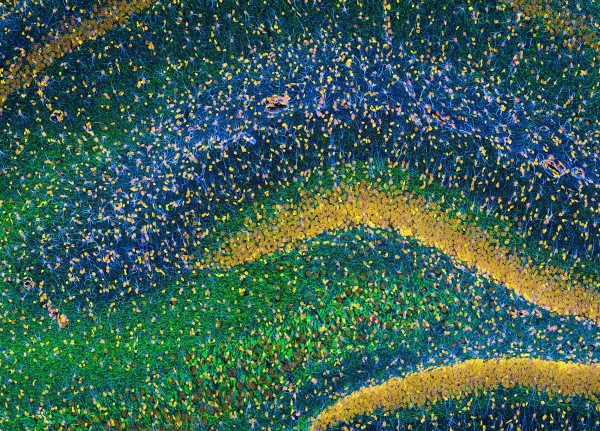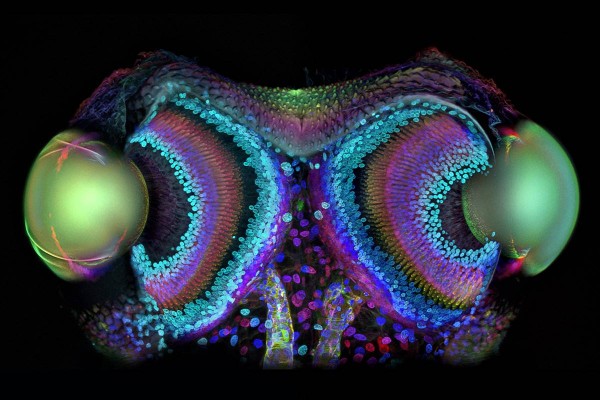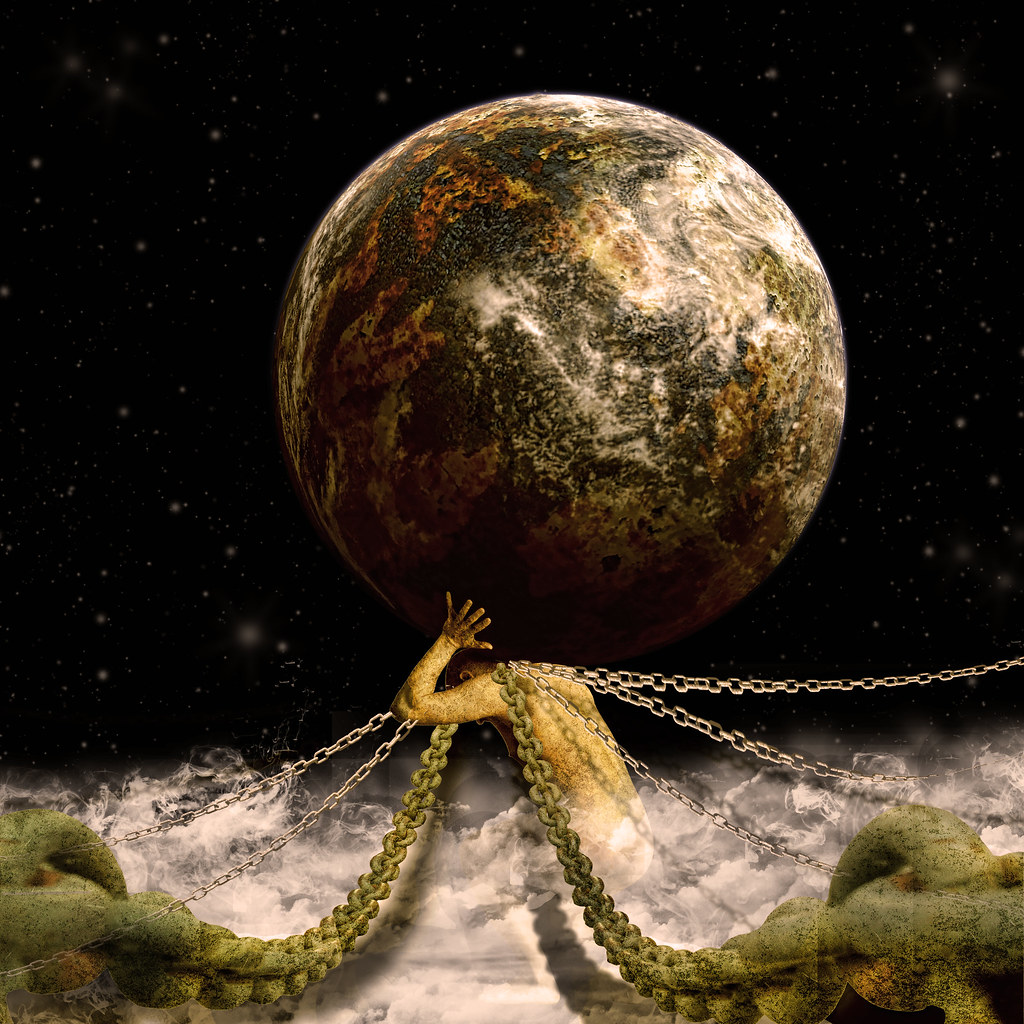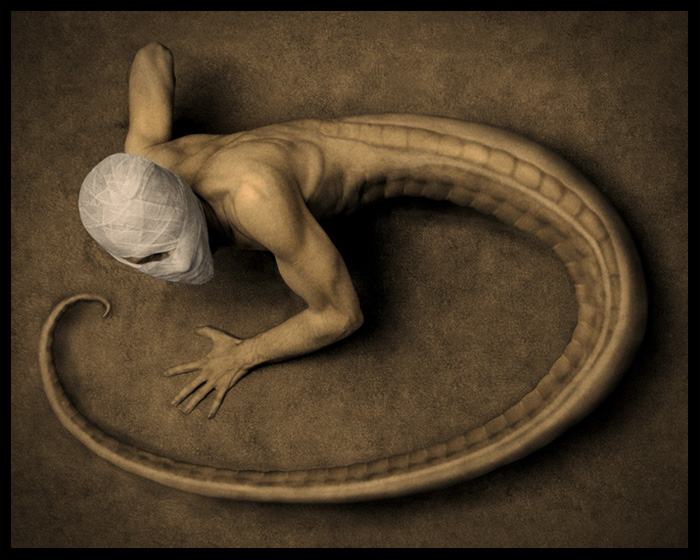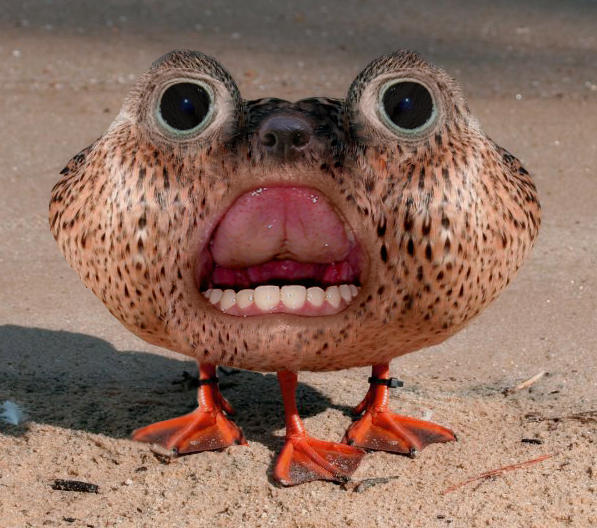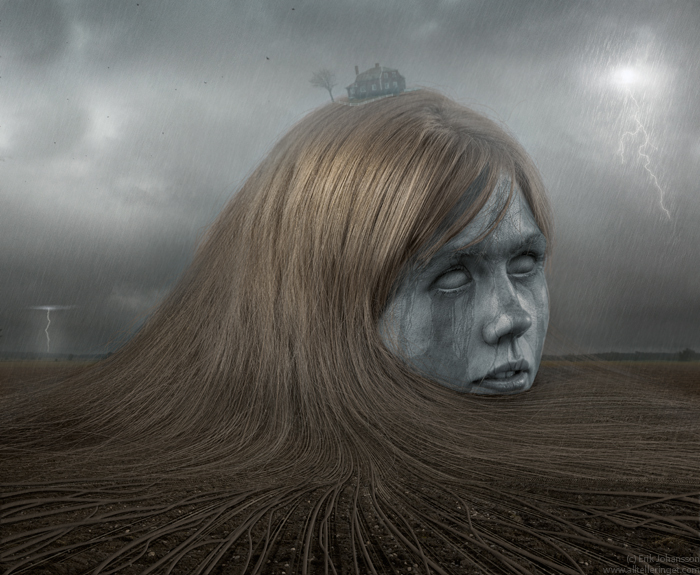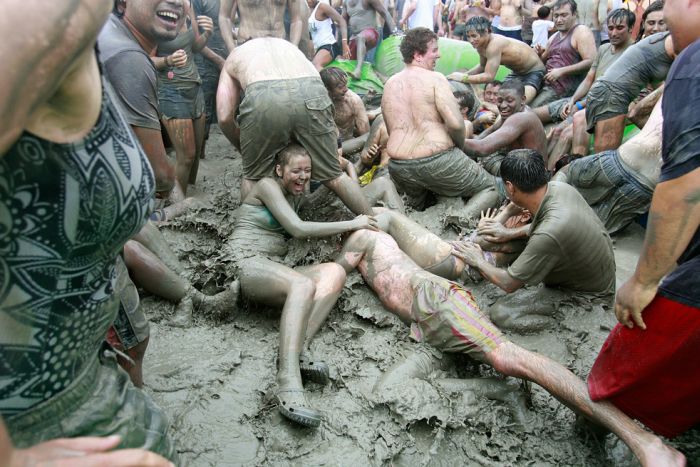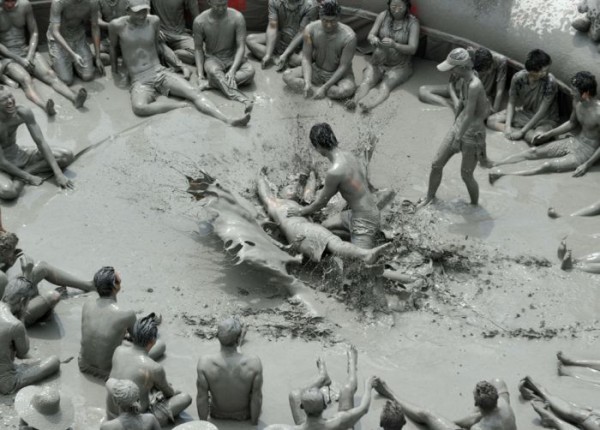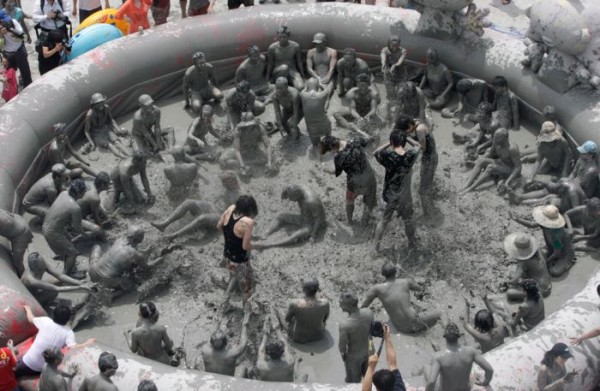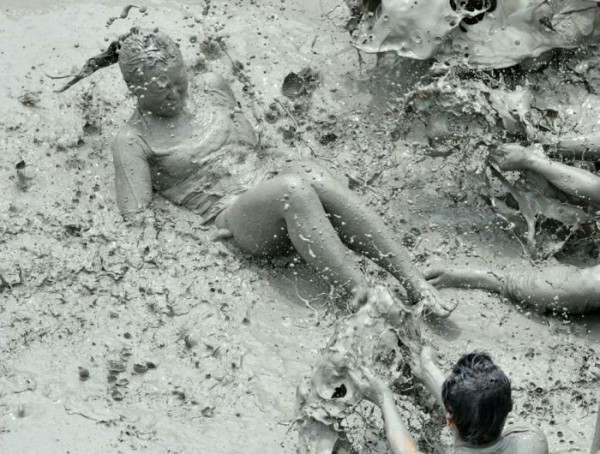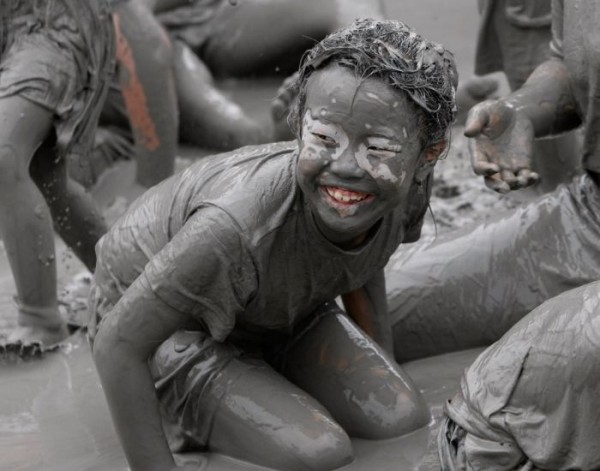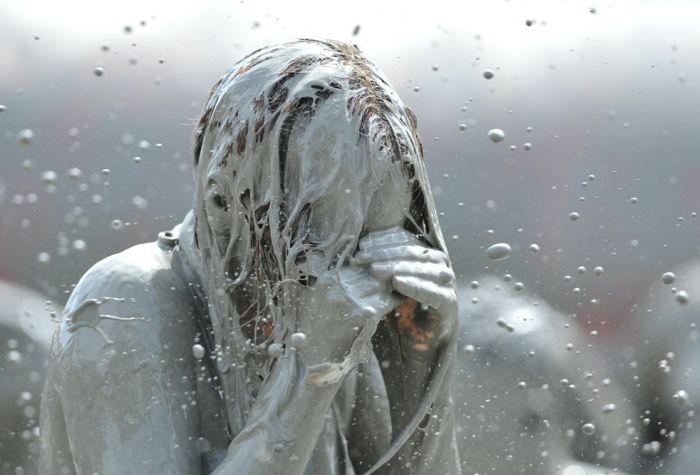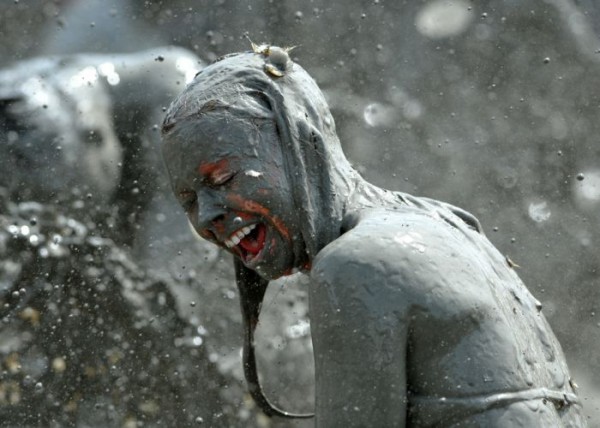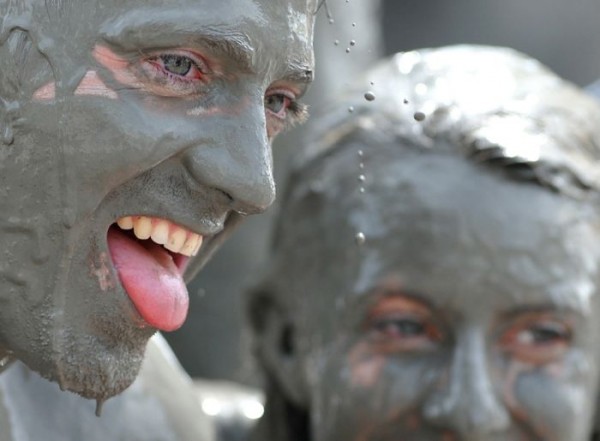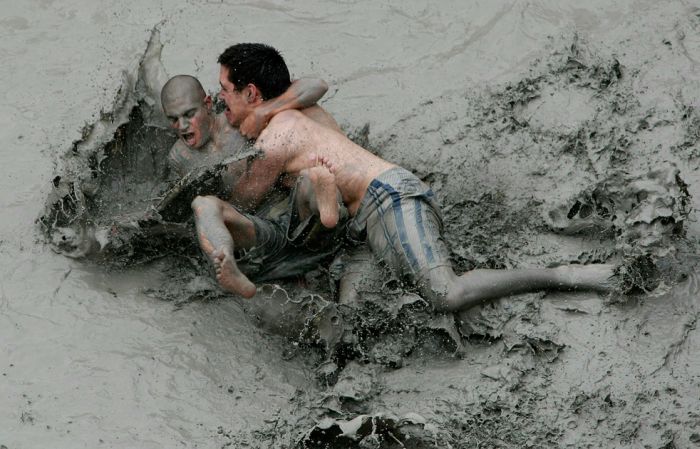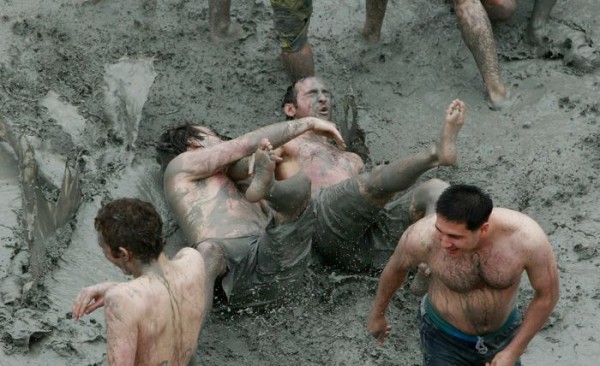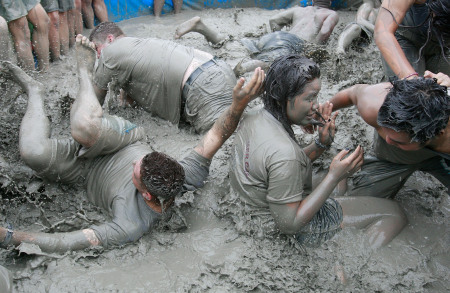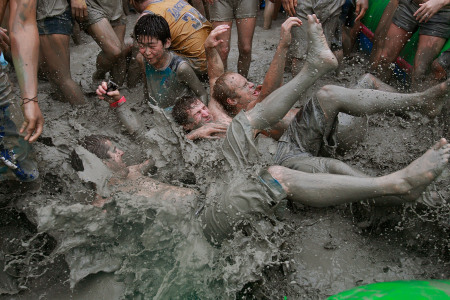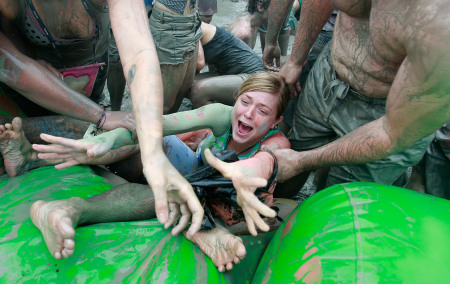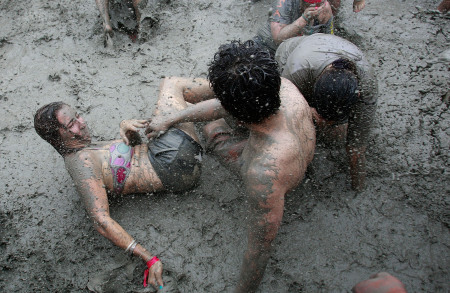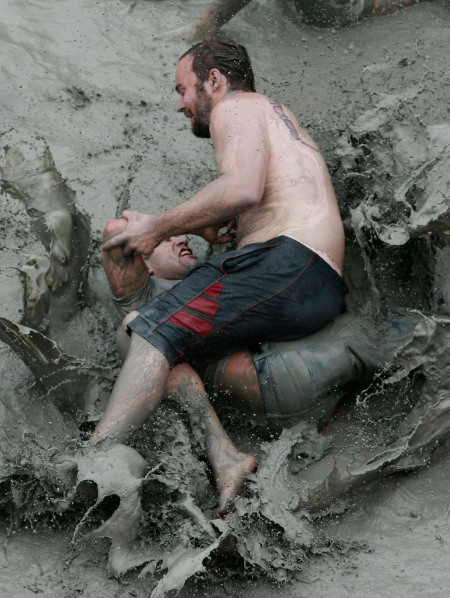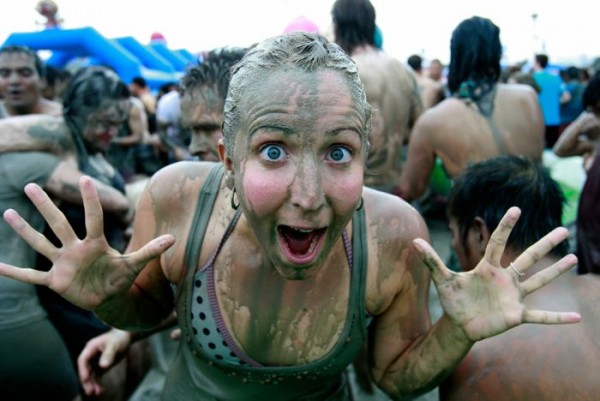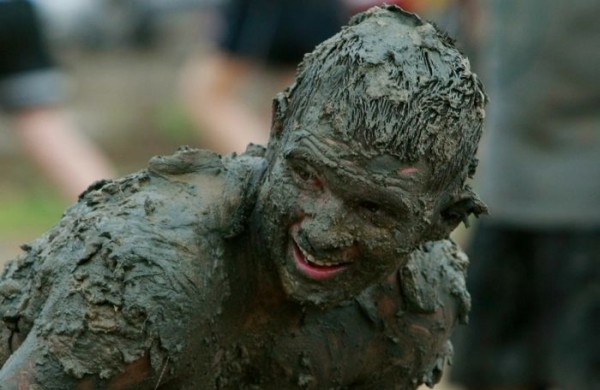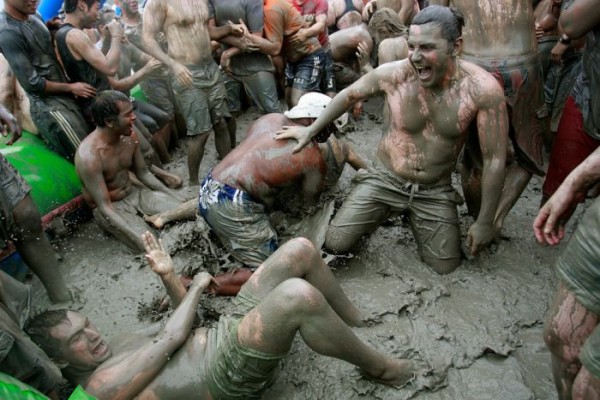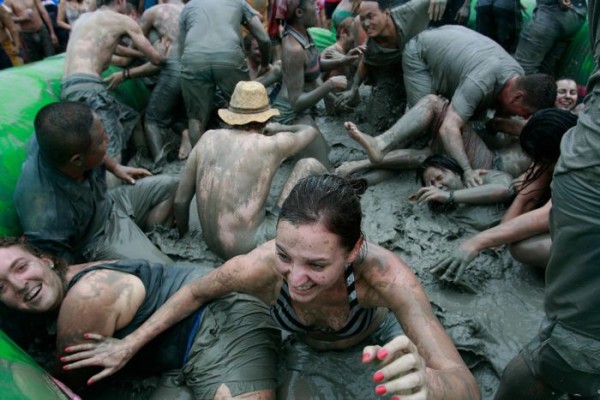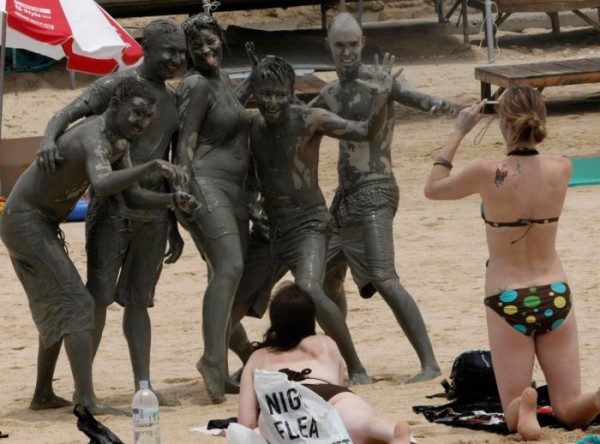
Humans have enlisted animals to help fight their battles since the dawn of war, and today’s militaries use an even wider range of creatures for everything from bomb sniffing to coastline patrolling. Here we count down some of the creatures that have become unwitting recruits in both ancient and modern warfare.
10. Bat Bombs
These nocturnal flying mammals became part of a bizarre animal experiment during World War II. A dental surgeon upset by the Japanese attack on the U.S. Navy base at Pearl Harbor proposed attaching tiny incendiary bombs to bats. The creatures were meant to set thousands of small blazes across Japan’s cities as they flew to roost beneath building roofs. But the idea floundered after receiving the green light from President Roosevelt. Many uncooperative bats simply dropped like rocks or flew away, despite the U.S. Army using as many as 6,000 of the mammals in their experiments. The U.S. Navy spent $2 million after taking over the effort, before finally giving up. Still, the bat bombs did manage to set fire to a simulated Japanese village, a U.S. Army hangar and a general’s car. Nowadays, Pentagon scientists study how bat flight mechanics could inspire future aircraft designs and spy robots.

9. Camel Cavalry
Camels only provide a few modern militaries with patrol mounts, but camel cavalry once flourished in certain regions of the world. Camels found much use in the arid or desert regions of North Africa and the Middle East during ancient times, given their ability to survive harsh and often waterless conditions. The smell of camels reportedly frightened enemy horse cavalry, even if the camels did not provide as much of a shock to enemy troops during charges. The Parthian and Sassanid Persians sometimes armored their camels as heavy cataphract cavalry (picture camels equipped with armor, artillery and carrying cavalrymen), and Arab warriors often rode camels during raids against other tribes or during the Muslim conquests of North Africa and the Middle East. Camels fared less well outside their natural ranges, where horses became the preferred battle mount. The combat role of camels rapidly declined with the development of guns throughout the 1700s and 1800s, but they still saw some action with British general Lawrence of Arabia and Arab forces during World War I.

8. Angry Bees
Stinger-equipped bees could become effective weapons when provoked. The ancient Greeks, Romans and other civilizations occasionally used the insects as tiny weapons of war to deter enemy troops. Besiegers would sometimes catapult beehives over the walls, and Greek defenders of Themiscyra supposedly returned the favor by barraging Roman attackers with hives. The Heptakometes of the Trebizond region in Turkey even tricked Roman soldiers under the command of Pompey with a tribute of toxic honey, which led to the defeat of the subsequently vomiting, intoxicated Romans. A more direct use of angry bees continued during castle sieges of the Middle Ages, as well as during World War I and the Vietnam War. These days, U.S. scientists have found more peaceful uses for bees by training the insects to detect land mines.

7. Sea Lion Patrol
California sea lions have gained odd fame in the service of the U.S. Navy’s marine mammal program, alongside dolphins and a beluga whale or two. The marine mammals have excellent low-light vision and underwater hearing, can swim 25 mph (40 km/h), and do repeated dives of up to 1,000 feet (300 m). The U.S. Navy has accordingly trained sea lions as minesweepers that can locate and mark mines. The animals can even attach a special leg cuff to human divers or saboteurs, which allows sailors to haul the suspects to the surface. A special sea lion harness also carries cameras that provide live underwater video. Just one sea lion, two human handlers, and a rubber boat can replace a full-sized naval vessel, its crew and a group of human divers in searching for objects on the ocean floor.
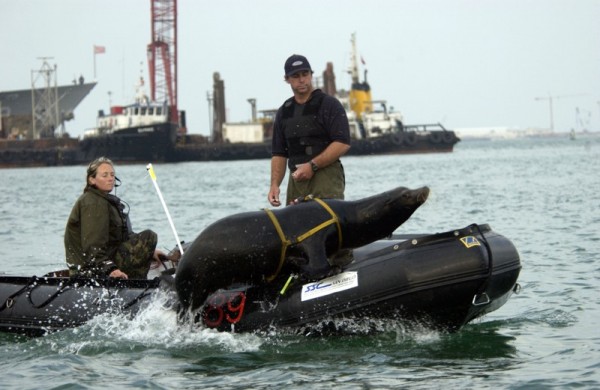
6. Messenger Pigeons
Carrier pigeons carried messages for conquerors and generals throughout much of human history, based on their homing ability and navigational skills that enable them to return home across hundreds of miles. But the pigeons gained much of the military fame during World War I, where Allied forces used as many as 200,000 of them. One pigeon named Cher Ami even earned the French “Croix de Guerre” for delivering 12 messages between forts in the Verdun, France region. He made his last message delivery despite suffering serious bullet injuries, and is credited with saving the “Lost Battalion” of the U.S. 77th Infantry Division, which had become cut off by German forces. Another group of 32 pigeons earned the British Dickin medal for animal valor during the D-Day invasion of World War II, when Allied soldiers kept radio silence and relied upon the pigeons to relay messages. The birds have since retired from military service because of advances in communications technology.
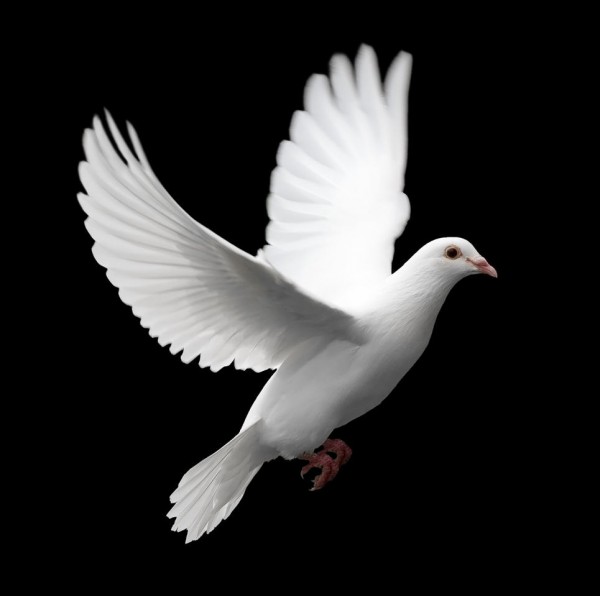
5. Navy Dolphins
Bottlenose dolphins have served alongside sea lions in helping the U.S. Navy patrol the seas since the 1960s. The brethren of Flipper use their sophisticated biological sonar to search for mines based on the concept of echolocation. A dolphin will send out a series of clicks that bounce off objects and return to the dolphin. That allows the marine mammal to get a mental image of the object, and it can then report to its human handler using certain yes or no responses. The handler can also follow up on a yes response by sending the dolphin to mark the object’s location with a weighted buoy line. Those mine-marking abilities came in handy during both the Persian Gulf War and the Iraq War, with Navy dolphins helping to clear the port of Umm Qasr in southern Iraq during the latter. Dolphins can also tag enemy swimmers, but the U.S. Navy denies rumors about training dolphins to use weapons against humans.

4. War Elephants
The largest living land mammals on Earth left their mark in warfare as creatures capable of devastating packed formations of enemy troops. Elephants could trample, pierce soldiers with their tusks and even throw hapless humans with their trunks. They sometimes wore armor or carried archers and javelin throwers. Ancient kingdoms of India may have been first to tame elephants as living tanks, but the practice soon spread to the Persians in the Middle East. Alexander the Great encountered enemy elephants during his conquests of the ancient world, and eventually the Greeks, Carthaginians and Romans made use of war elephants at certain times. Horses feared the sight and smell of elephants, and human soldiers also had to deal with the psychological terror of facing down the huge animals. Still, elephants could go mad with fear or pain after taking too much punishment, and the advent of cannons on the battlefield essentially ended their combat role.
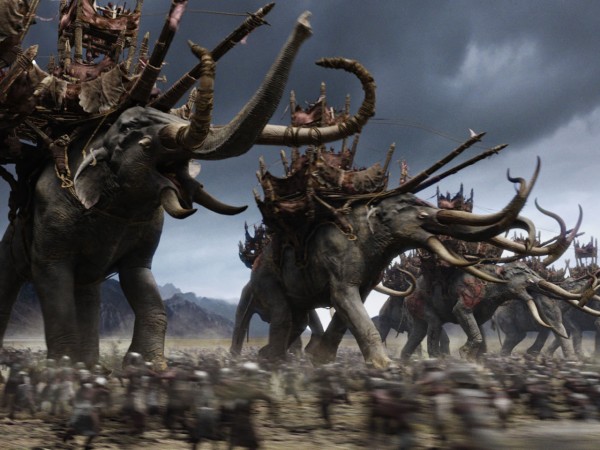
3. Military Mules
Mules have played an unsung but crucial role throughout the history of warfare by carrying or pulling along much of the food, weapons and other supplies needed by armies. Born from a male donkey and a female horse, they became preferred over horses for carrying loads because of their greater endurance. They also displayed more intelligence and unwillingness to push to the point of injury, which led to the stereotype of being stubborn. Still, the ancient Roman legions marched with about one mule for every 10 Roman legionaries. Napoleon Bonaparte himself rode a mule across the Alps, in addition to using the animals in his baggage trains. The U.S. Army alone used about 571,000 horses and mules in Europe during World War I, and lost about 68,000 killed in action. Mules have continued to find use even today, as U.S. Special Forces, marines and soldiers rely upon the animals to keep supply lines open for remote outposts in the mountains of Afghanistan.
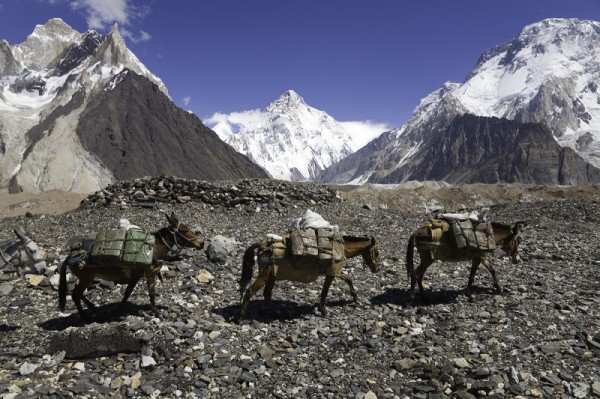
2. Dogs of War
Most people may look upon man’s best friend as a cuddly creature, but humans have let slip the dogs of war for thousands of years. Large breeds served as war dogs on the battlefield and as defensive sentries for everyone from the Egyptians to Native Americans. The Romans equipped some of their dogs with spiked collars and armor, and the Spanish conquistadors also used armored attack dogs during their invasion of South America in the 1500s. Many European factions and nations used war dogs in ancient conflicts and throughout the Middle Ages, but more modern warfare reduced the battlefield role to that of messengers, trackers, scouts and sentries. The U.S. military and others have more recently trained dogs as bomb-sniffing detectors to work in Iraq and Afghanistan, where the four-footed companions get their own bulletproof vests.

1. Horses
Perhaps no other animal has played so great a role in the history of warfare as the horse. Humans domesticated horses as early as 5,500 years ago in modern-day Kazakhstan, and the spread of horses across Eurasia soon gave rise to their use in large-scale warfare. The ancient Egyptians and the Chinese used horse-pulled chariots as stable platforms to fight from, before the invention of an effective saddle and stirrup gave mounted warriors a decisive edge. Armored knights on horseback could deliver devastating charges against all but the most steadfast foot-soldier formations. The stability provided by the saddle-and-stirrup combo allowed the Mongols to fight and shoot arrows effectively from horseback, and gave them the mobility to conquer much of the known world. A thunderous appearance of horses on battlefields often signaled the beginning of the end for civilizations that lacked similar warrior mounts. Major combat use of horses did not waver until the modern era of warfare, when tanks and machine guns entered the fray.
